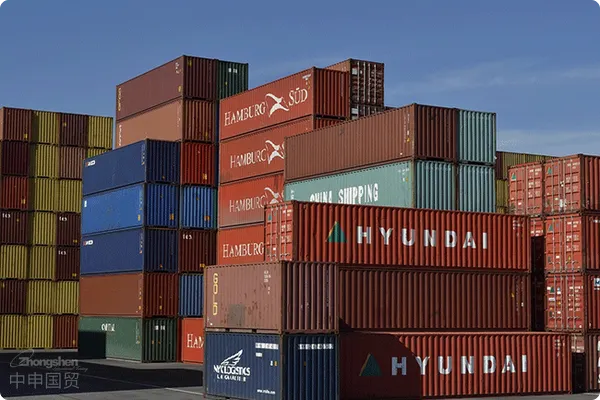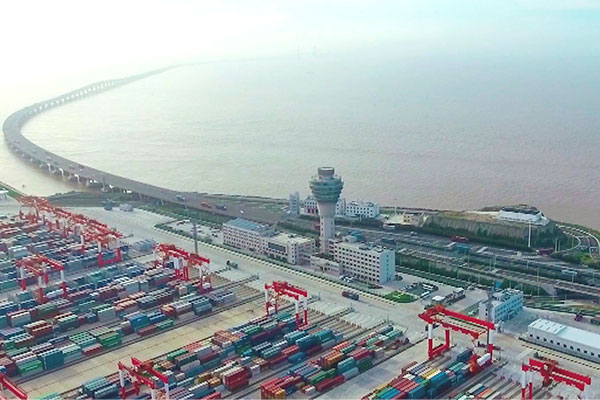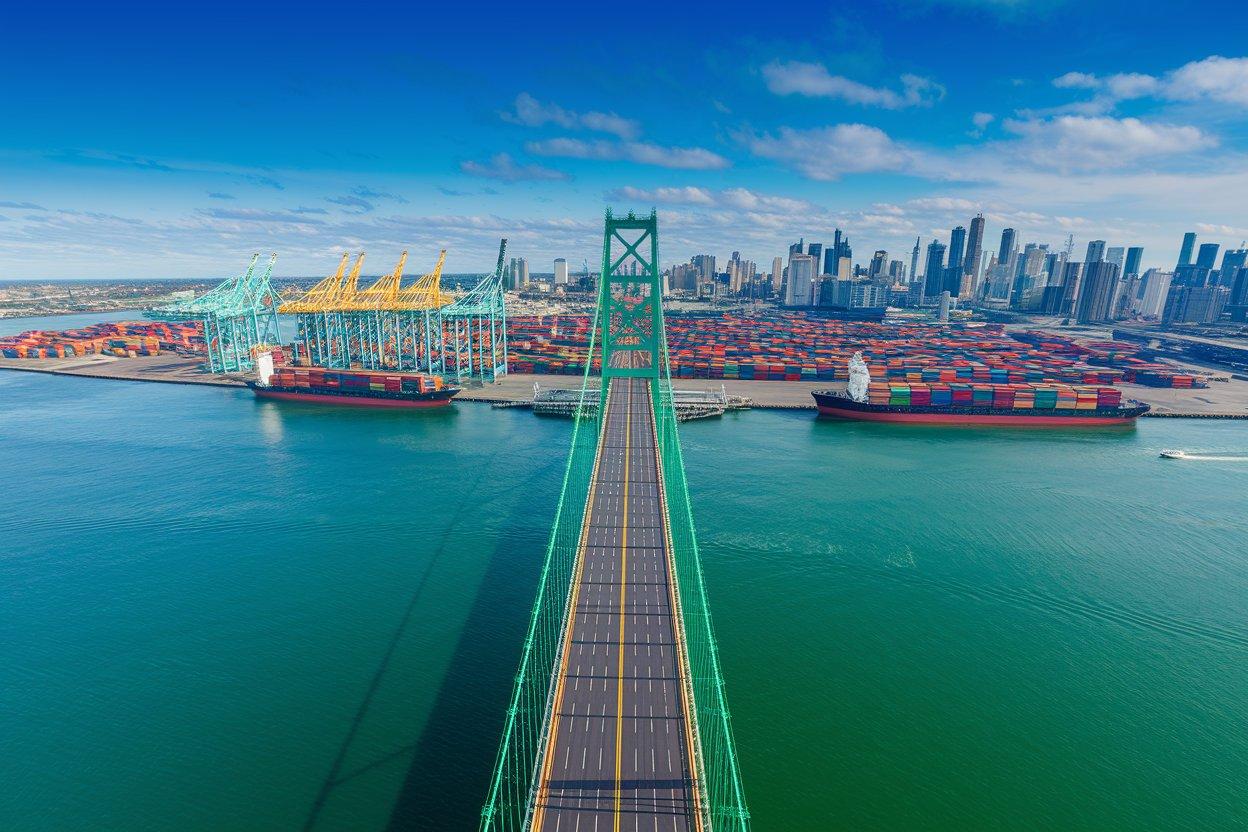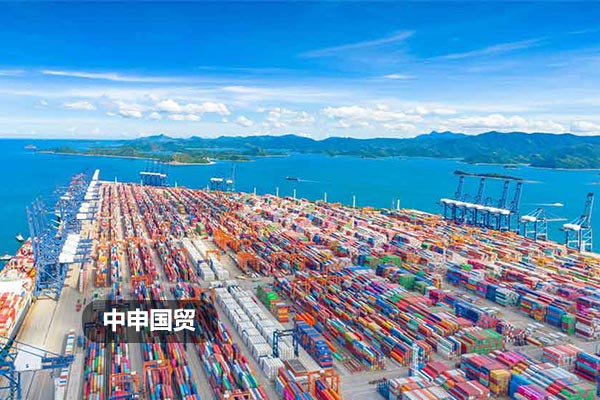- Shanghai Zhongshen International Trading Co., Ltd. – Your reliable partner with 20 years of import/export agency service expertise.

Environmental Protection?Equipment Export?Industry Barriers and Breakthrough Paths
The global environmental-protection-equipment market is projected to exceed US$1.2 trillion in 2025, while Chinese suppliers face multiple hurdles—from the updated EU CE certification to the upgraded U.S. EPA emission standards. According to the latest General Administration of Customs data, 67 % of 2023 export-return cases for environmental equipment involved missing technical documents or invalid certifications.
Practical Strategies for International Certification Alignment
Breakthroughs Needed for Environmental-Equipment ExportsTriple Authentication Checkpoint:
- Product Access Certification
- EU: CE certification must be updated in sync with the EMC Directive (2025 enforcement version)
- USA: EPA certification must be included?New Energy?Power Module Test Data
- Energy Efficiency Label Certification
- Southeast Asia Market Introduces New Energy Consumption Grading System (GMS-2025)
- Middle East G-mark certification adds carbon emission measurement requirements
- Special-Scenario Authentication
- Wastewater treatment equipment must obtain usage approval from the environmental protection authority of the importing country.
- Air purification equipment must be certified for real-time PM2.5 monitoring.
Typical Misconceptions About Customs Clearance Documentation Standards
A Jiangsu-based company had its dust-removal equipment exported to Germany in 2024 returned, incurring a direct loss of USD 350,000. The root cause:
- Failure to indicate the hazardous-chemical properties of the equipment’s core components (HS code misreported)
- The technical specification sheet is not presented bilingually in accordance with EN 12025.
- Wooden packaging has not been updated with the IPPC fumigation treatment mark.
The Golden Equilibrium of Tax Planning
Export of environmental protection equipment involvesVAT refundandOverseas tariffsCollaborative Management:
- Key Points for Managing Input Invoices under the 13% Standard Refund Rate
- Adaptation Strategies for Tariff Concession Policies among RCEP Member Countries
- Overseas warehousing costs andTax RebatesAccounts Payable Matching Solution
Typical case: By adjusting the modular disassembly of equipment, a Zhejiang-based company successfully raised its export-tax-rebate rate from 9 % to 11 % and cut the import tariff in its target market by 3.5 %.
Value coordinate system of professional agency services
Choose eco-friendly equipmentExport Agent ServicesThe focus should be on examining:
- Industry experience level
- Are you familiar with the classification rules for dust removal, water purification, and solid-waste treatment equipment?
- Do you have specific experience in filing for new-energy environmental-protection equipment?
- Service network density
- Has a specialized customs-clearance partner been established in the target market?
- Whether to configure an overseas warehouse dedicated to environmental-protection equipment
- Compliance guarantee system
- Technical Document Compliance Review Team Configuration
- Response speed of the certification update early-warning mechanism
In 2025, environmental-equipment exports will face stricter compliance scrutiny; companies are advised to establishDual-track export plan: Conventional products follow a self-declaration + agent-review model, while innovative devices are placed under full-agent custody, achieving a dynamic balance between risk control and cost optimization through specialized division of labor.
? 2025. All Rights Reserved.










